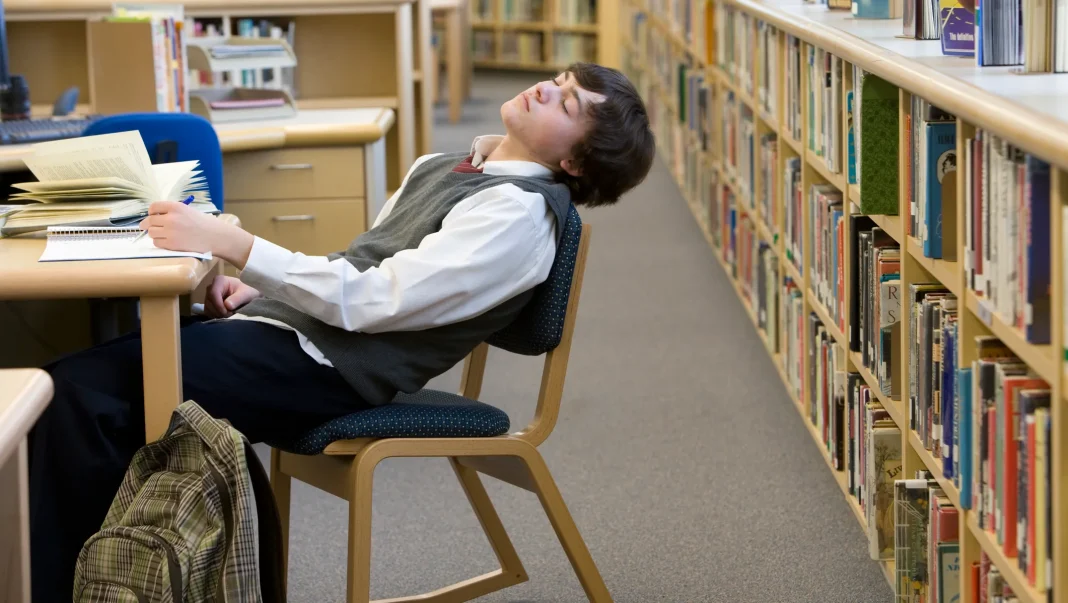Schools have been campaigning for many months about a change to school hours and in many of them, at a recent poll, over 55% of families voted to change to the new continuous school day.
Many others, though, have retained the status quo, although in a system whereby the act of not voting equates to a ‘no’ vote, despite affirmative votes tripling the negative, as they have failed to reach the 55% threshold, it means that they too must say “no” to the new school day, and this is what has happened in a large number of the schools in the province, that voted last week.
Teachers’ union Anpe, through it’s President Lauren Bárcena, said, “the totally undemocratic disposition of the current regulations for modifying the working day is all too clear. The need to achieve 55% of ‘yes’ votes, while counting those who fail to vote as a ‘no’ means that efforts to change the working day into a continuous day are an insurmountable abyss for many educational communities, which for the most part have voted in favour of the change, but who will not be able to enjoy it because of an incomprehensibly unfair and anti-democratic system”.
According to the provisional results, of the 498 centres in the province, 375, 75.3%, will have a continuous shift next year, while the remaining 123, 24.7%, will continue with the split day.
In the Community as a whole, in the next academic year 2022-2023, a total of 750 centres, 52.2% of the total, will have a continuous day and 47.8%, 687 centres, will have a split day.
Once the final results are known, and the possible appeals have been addressed, the Director General for Educational Innovation and Planning will announce details of the schools that have voted for the change.





